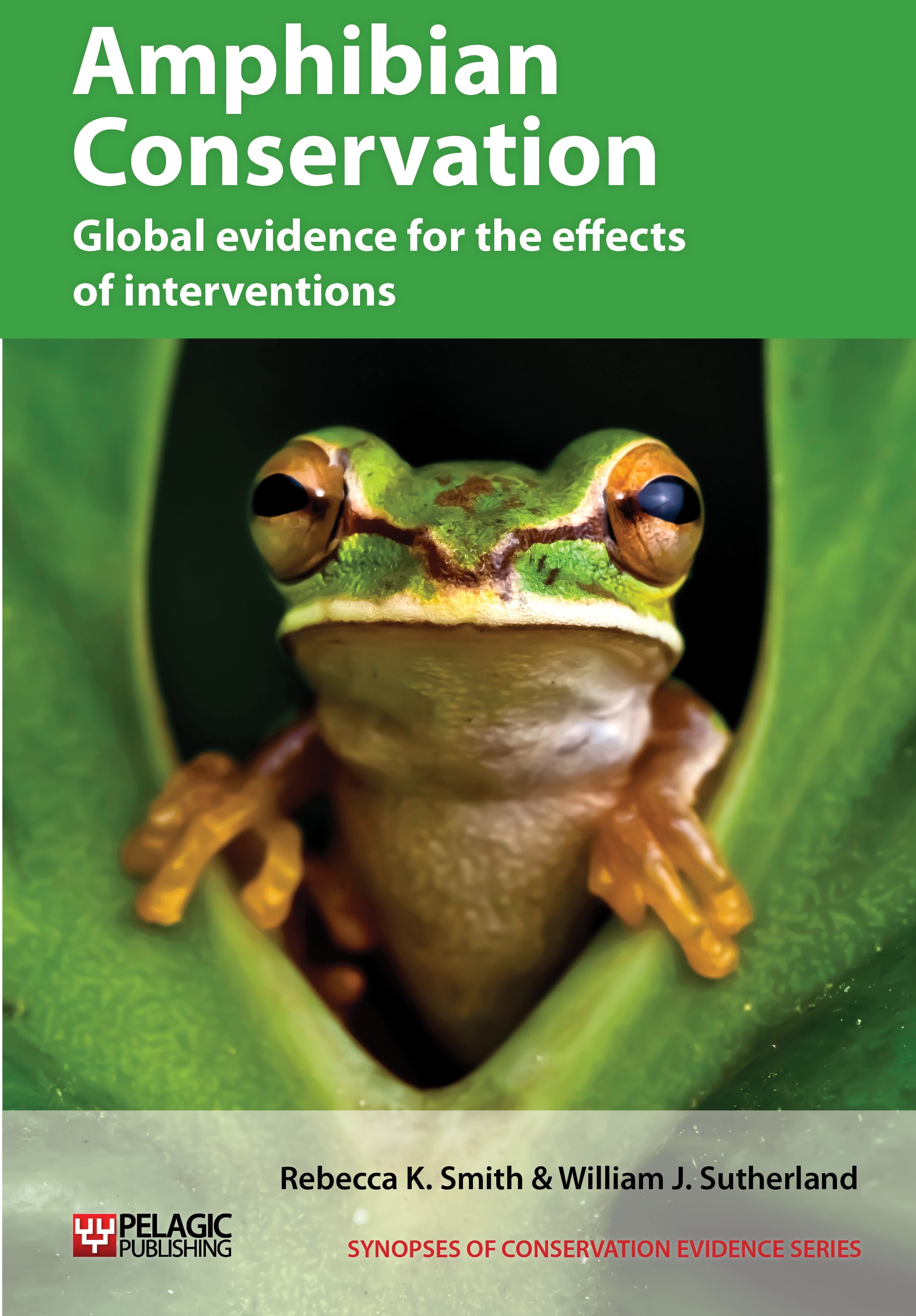Modify gully pots and kerbs
-
Overall effectiveness category Likely to be beneficial
-
Number of studies: 1
View assessment score
Hide assessment score
How is the evidence assessed?
-
Effectiveness
80% -
Certainty
40% -
Harms
0%
Study locations
Supporting evidence from individual studies
A before-and-after study in 2005–2006 of gullypots along roads in South Wales, UK (Muir 2012) found that moving the gullypot 10 cm away from the kerb resulted in 80% fewer great crested newts Triturus cristatus falling into the gullypots. Only 65 newts were found in the drains compared to 318 before gullypots were moved. Gullypots were moved in 2005.
Study and other actions tested
Where has this evidence come from?
List of journals searched by synopsis
All the journals searched for all synopses
This Action forms part of the Action Synopsis:
Amphibian Conservation
Amphibian Conservation - Published 2014
Amphibian Synopsis





)_2023.JPG)














